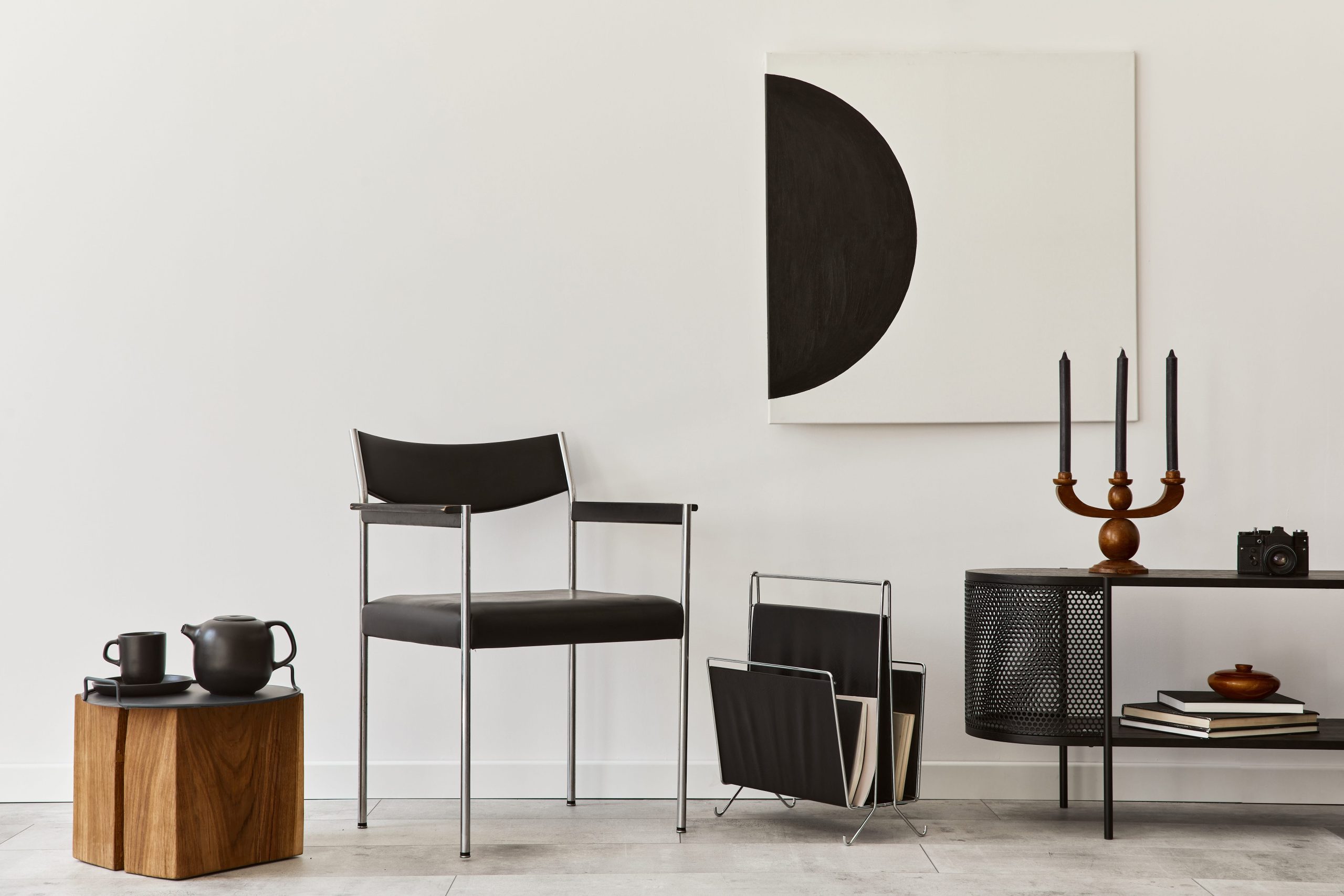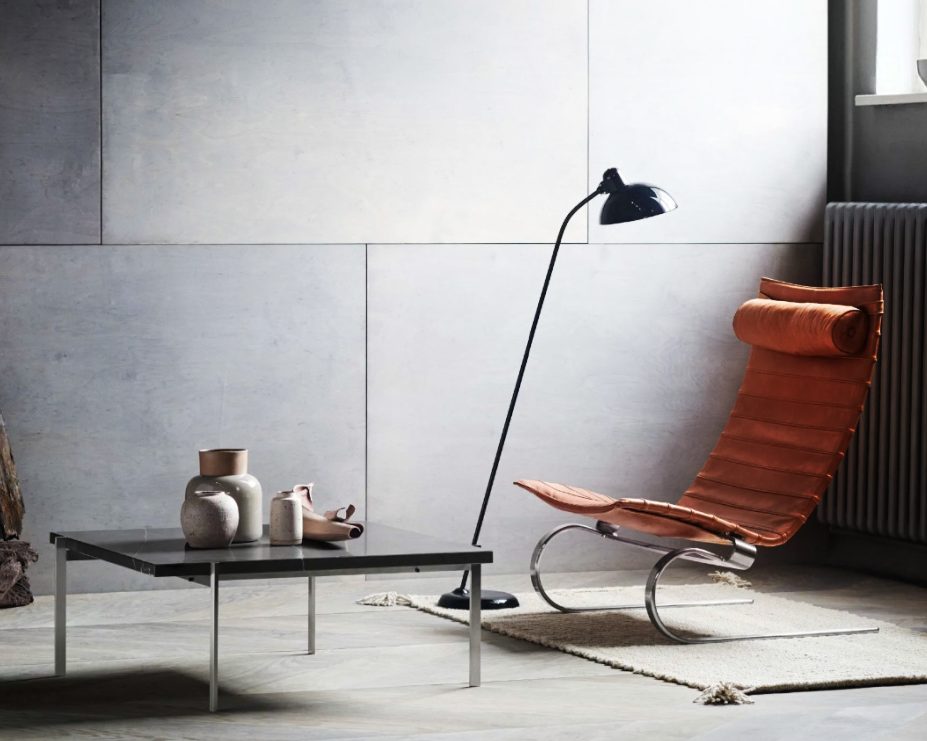Your basket is currently empty!
What is the Bauhaus Art Movement?


The Bauhaus art movement, founded in 1919 by German architect Walter Gropius in Weimar, Germany, revolutionised art, architecture, and design. Its name, literally translating to “building house,” reflected its mission to unify all artistic disciplines—including architecture, sculpture, and painting—into a cohesive creative expression.
The Bauhaus movement emerged as a response to the fragmented nature of art disciplines and sought to bridge the gap between fine arts and applied arts through a holistic approach to design and craftsmanship.
Walter Gropius established the Bauhaus with the vision of creating a new guild of craftsmen that would eliminate the traditional barriers between artists and artisans. This innovative school combined a rigorous craft-based curriculum with avant-garde artistic instruction, focusing on materials, color theory, and formal relationships. Influential artists like Paul Klee, Wassily Kandinsky, and Josef Albers were part of the faculty, fostering a vibrant educational environment that encouraged experimentation and interdisciplinary collaboration.
Initially, the Bauhaus aimed to integrate art into everyday life through handcrafted objects. However, financial constraints led to a shift in focus towards designing for mass production. This transition was marked by the adoption of the slogan “Art into Industry” in 1923, emphasising the creation of functional, aesthetically pleasing designs suitable for industrial manufacturing.
The Bauhaus movement had a profound impact on modern living and interior design. The minimalist, functional aesthetic championed by the Bauhaus became a cornerstone of modern interior design. Furniture designed by Bauhaus members, such as Marcel Breuer’s iconic Wassily Chair, exemplified the movement’s principles of simplicity, functionality, and mass production. These designs often featured clean lines, geometric forms, and innovative use of materials like tubular steel and glass.
The emphasis on functional design extended to household items and textiles. The weaving workshop, led by Gunta Stölzl, produced textiles that were both artistic and practical. These designs often incorporated experimental materials and techniques, creating fabrics that were visually striking and suitable for everyday use. Anni Albers, one of the prominent textile artists from the Bauhaus, continued to influence modern textile design with her innovative approach to weaving and fabric art.
Bauhaus architecture is characterized by its emphasis on function, simplicity, and the integration of art into the built environment. The buildings designed by Bauhaus architects, such as the Dessau Bauhaus building designed by Gropius, featured steel-frame construction, glass curtain walls, and open floor plans. These elements became hallmarks of modernist architecture, influencing subsequent architectural movements and the development of mid-century modern design.
Architects like Ludwig Mies van der Rohe, who directed the Bauhaus from 1930 until its closure in 1933, played a significant role in propagating the Bauhaus architectural style. Mies’s “less is more” philosophy and his use of modern materials and construction techniques left a lasting legacy on global architectural practices.
The Bauhaus movement’s influence extended beyond art and design, impacting society at large by promoting the idea that good design could improve everyday life. The Bauhaus ethos encouraged the creation of environments that were both functional and beautiful, reflecting a belief in the power of design to enhance the quality of life.
Despite its closure in 1933 due to political pressures from the Nazi regime, the Bauhaus movement’s legacy endured as its key figures emigrated and continued their work abroad. In the United States, Bauhaus members like Gropius and Breuer taught at prestigious institutions such as Harvard and the Illinois Institute of Technology, spreading Bauhaus principles and influencing generations of architects and designers.
The Bauhaus movement’s holistic approach to design and its integration of art, technology, and craftsmanship continue to inspire contemporary design practices, underscoring its enduring relevance in the modern world

